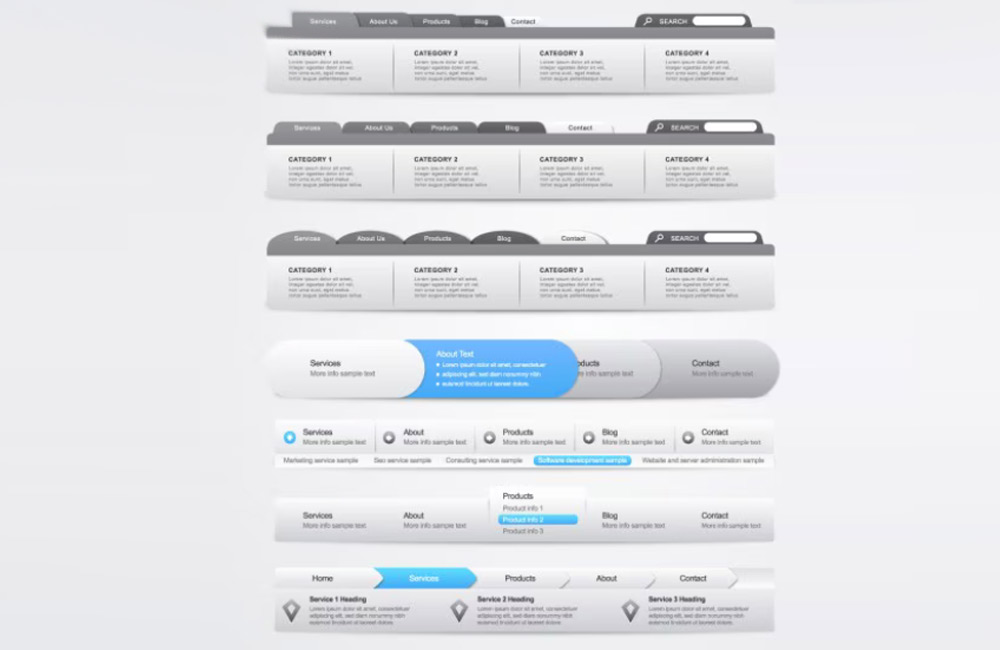Navigation is the heart of every website. It determines how users discover content, process information, and ultimately stay or leave your page. Creative navigation can be not only functional but also strengthen brand identity and create a unique user experience. A good navigation acts like an invisible guide — it leads without forcing and inspires without overwhelming. It often decides whether someone keeps clicking or leaves. Because navigation is far more than a menu — it is a feeling of orientation, trust, and ease.
Why Creative Navigation Matters
- User guidance: Intuitive navigation helps visitors quickly find what they are looking for.
- Brand image: A unique menu can communicate your brand’s personality.
- Dwell time: Users stay longer when navigation sparks curiosity and invites exploration.
- Conversions: Clear menu items and call-to-actions lead to higher conversions.
Creative navigation is not a luxury — it is strategy. It shapes how users think, feel, and act. When design and functionality merge, a flow emerges that guides visitors almost playfully through your content. At Aurelix, we call this “aesthetic guidance with depth”.
Tips for Creative Navigation
1. Use Visual Hierarchy
Important menu items should stand out — through size, color, or position. Submenus can appear subtly to maintain clarity. Make sure users immediately understand where they are — a visual anchor prevents confusion. A consistent design system builds trust and professionalism. Structure is beauty in order.
2. Add Interactive Effects
Hover effects, microanimations, and subtle movements bring navigation to life without overwhelming it. Little reactions like color shifts or slide-ins create emotional engagement. Used wisely, interaction feels natural, playful, and high-quality.
3. Storytelling in Menus
Menus can tell stories or guide users through your content. Story-driven labels like “Our Story”, “Explore Projects”, or “Behind the Scenes” create emotional connection. Navigation can be magic — when it carries meaning.
4. Off-Canvas & Hidden Menus
Hidden or slide-out menus save space and support a minimalist layout. Especially on mobile, they reduce noise and keep the focus on the content.
5. Use Creative Icons & Illustrations
Icons, illustrations, or small animations can support navigation and improve clarity. Custom icons add character and recognition value — as long as beauty and clarity stay balanced.
6. Sticky Navigation
A fixed navigation bar improves usability on long-scrolling pages. It keeps users oriented and makes browsing more intuitive.
Examples of Creative Navigation
- Vertical menus with animated subitems
- Mega menus with images and icons
- Interactive scroll navigation pointing to sections
- Hidden menus appearing on hover or click
Creative navigation does not mean complicated navigation. The golden rule stays: Design follows function.
Mistakes to Avoid
- Overly complicated menus
- Too many sublevels
- Creative ideas without purpose
- Non-responsive navigation
Conclusion
Creative navigation enhances user experience, strengthens brand identity, and increases dwell time. At Aurelix, I combine creativity and usability to create navigation that not only looks great but performs great.
Image: freepik.com

